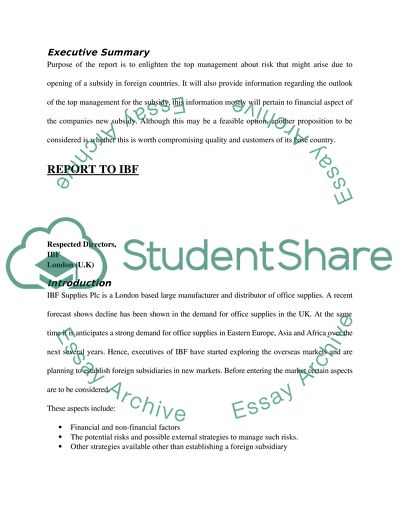Cite this document
(“Essay on International business finance report”, n.d.)
Retrieved from https://studentshare.org/finance-accounting/1404078-international-business-finance
Retrieved from https://studentshare.org/finance-accounting/1404078-international-business-finance
(Essay on International Business Finance Report)
https://studentshare.org/finance-accounting/1404078-international-business-finance.
https://studentshare.org/finance-accounting/1404078-international-business-finance.
“Essay on International Business Finance Report”, n.d. https://studentshare.org/finance-accounting/1404078-international-business-finance.


